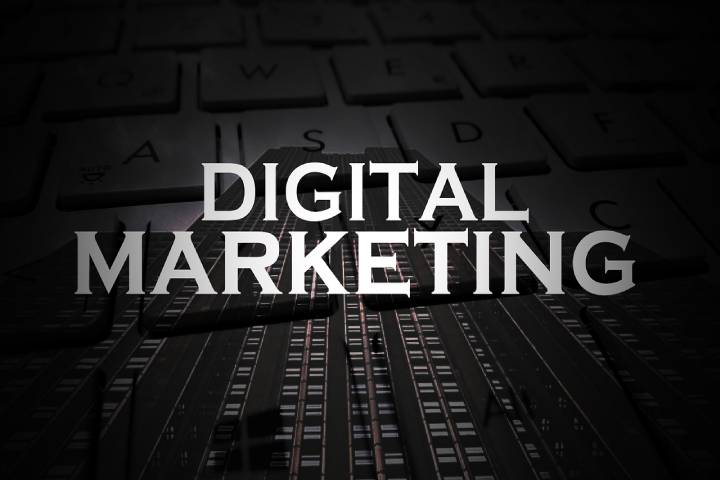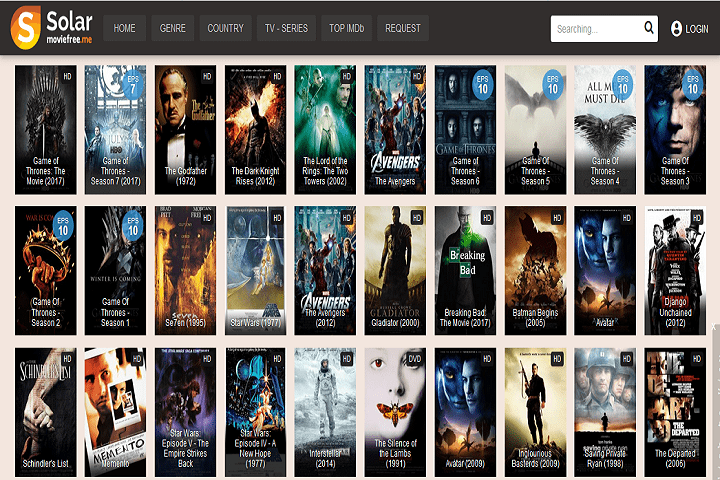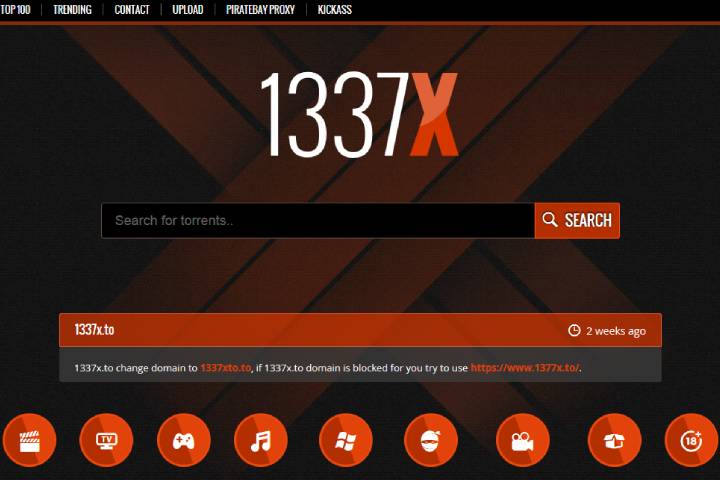Business
The Digital Marketing Skills Shortage: How Can Organizations Address It?
Becoming digitally focused is the key to competing in a global economy, but digital marketers lack the necessary skills. Learn how to address the problem.

In the early years of social media, it was reasonable to delegate social media and blogging tasks to an intern. Now, it’s clear that you need to perform an integrated strategy if you want your digital marketing efforts to help your business succeed.
We live in a world where real life is connected to the digital space. Digital marketing is no longer part of a marketing plan-it is the marketing plan. We rely on the Internet to research and make purchase decisions on a product or service.
1. The Skills Gap in Digital Marketing
With these reasons, there is an increased demand for jobs in digital marketing and creative fields-content writers, graphic designers, and social media experts.

Unfortunately, there’s a strangely low level of competency in the area. Businesses often resort to outsourcing their services for search engine optimization, social media marketing, and other tasks.
According to the Digital Marketing Institute’s Skills Gap Study, only 38% of digital marketers in the US reached a competent skill level when measured during a test.
Digital marketers in the UK received 37%, while countries like Bangladesh and South Korea received subpar scores. Digital marketers surveyed by the DMI admitted that they struggled with strategy and planning.
2. The Source of the Skills Gap
According to the report by the DMI, educators and professionals’ efforts are not enough to develop capable digital marketers. Several universities are just beginning to include online marketing into their coursework.
Not surprisingly, the digital marketing field changes quickly that educators and professionals struggle to keep up.
Several digital marketers learn skills is through real-world experience.
This involves experimenting, making mistakes, and learning to apply their foundational knowledge using the latest technologies.
3. Addressing the Skills Gap
Businesses and educators alike need to commit to teaching the skills necessary in digital marketing. Educators can shorten the skills gap for non-marketing majors who have the skills that can be used in digital marketing. These include:

- Art majors can be trained to create beautiful websites and engaging in advertising materials.
- Journalism majors can be trained to create valuable and SEO-friendly content.
- Statistics majors can learn how to make sense of data for marketing analytics.
- Accounting majors can learn to audit campaigns and run paid media accounts.
Employers and industry associations can do their part by setting amenable salary benchmarks. Digital marketers who possess strong skills are underpaid, so their talent becomes fleeting as they look for more rewarding opportunities.
Industry associations need to commit to investing in continuing education. By helping employees master skills and grow in the industry, businesses can provide their clients with high-quality service. Industry associations must also collaborate with universities to spread the word about career opportunities in digital marketing.
Every year, the digital marketing field continues to grow, leading organizations to embrace technologies and techniques to compete in a global economy. However, this need is coupled with the fact that digital marketers feel they don’t have the necessary skills to help their organizations succeed.
If you want to get ahead, investing in technologies is not enough. Educators and professionals must invest in training and skills education. Otherwise, they risk being left behind the competitive environment.
Business
Navigating the Process of Selling Deceased Estate Shares
This article aims to provide a comprehensive guide to selling shares from a deceased estate. Process of Selling Deceased Estate Shares.

Table of Contents
1. Understanding the Basics of Selling Deceased Estate Shares
Dealing with a deceased estate can be a challenging and emotional process, especially when it comes to handling financial assets like shares. This article aims to provide a comprehensive guide to selling shares from a deceased estate.
2. What are Deceased Estate Shares?
Deceased estate shares refer to the stocks and shares that were owned by an individual who has passed away. These shares become part of the deceased’s estate and are subject to the terms of their will or estate plan.
3. The Importance of Valuing the Shares
The first step in selling deceased estate shares is to obtain a current valuation. This valuation is crucial for several reasons: it helps in distributing the estate among beneficiaries, it may be necessary for tax purposes, and it gives an idea of the market value of the shares.
4. Legal Requirements and Executor Responsibilities
The executor of the estate plays a pivotal role in the management and distribution of the deceased’s assets. This section will cover the legal responsibilities and steps the executor needs to take to lawfully sell the shares.
5. Obtaining Probate
Before any action can be taken with the shares, it’s often necessary to obtain probate. Probate is a legal process that confirms the executor’s authority to deal with the deceased’s assets.
Transferring Shares into the Executor’s Name
Once probate is granted, shares may need to be transferred into the name of the executor. This process varies depending on the company and the type of shares.
6. The Process of Selling Shares
After completing legal formalities, the executor can proceed with selling the shares. This section will outline the steps involved in this process, including choosing a brokerage or financial service, understanding market conditions, and making informed decisions.
Deciding on the Right Time to Sell
Timing can significantly impact the returns from selling shares. Executors need to consider market conditions and financial advice to determine the best time to sell.
Completing the Sale
This subsection will detail the actual process of selling shares, including placing orders, handling transaction fees, and ensuring all regulatory requirements are met.

7. Navigating Tax Implications and Reporting
Managing tax obligations is a critical aspect of selling deceased estate shares. This section will explain the potential tax implications and the importance of accurate reporting for both capital gains tax and inheritance tax considerations.
Understanding Capital Gains Tax Responsibilities
When shares are sold, any profit made from the time of the deceased’s passing to the sale date may be subject to capital gains tax. Executors need to be aware of these implications and plan accordingly.
Inheritance Tax Considerations
In some jurisdictions, the value of the deceased estate’s shares might impact inheritance tax calculations. It’s essential for executors to understand these aspects in order to ensure compliance with tax laws.
8. Common Challenges and How to Overcome Them
Selling deceased estate shares can present unique challenges. This section will discuss common issues such as disputed wills, fragmented information about the shares, and market volatility.
Dealing with Disputed Wills and Beneficiary Disagreements
Disputes over the will or disagreements among beneficiaries can complicate the process. Executors must handle these situations delicately and legally.
Managing Market Volatility
Shares can be subject to market fluctuations. Executors should be prepared for this volatility and may need to consult financial advisors to navigate these waters effectively.
9. Tips for Executors Handling Deceased Estate Shares
This section will provide practical advice for executors, including the importance of seeking professional advice, keeping thorough records, and communicating clearly with beneficiaries.
Seeking Professional Financial and Legal Advice
The complexity of selling shares from a deceased estate often necessitates professional advice. This can range from legal counsel to financial advisory services.
Record Keeping and Communication with Beneficiaries
Maintaining transparent and thorough records is crucial. Executors should also prioritize clear and consistent communication with all beneficiaries to avoid misunderstandings.
Conclusion
Selling shares from a deceased estate is a responsibility that requires careful attention to legal, financial, and interpersonal dynamics. By understanding the process, staying informed about tax obligations, and tackling challenges head-on, executors can fulfill their duties effectively and respectfully.
-

 Instagram4 years ago
Instagram4 years agoBuy IG likes and buy organic Instagram followers: where to buy them and how?
-

 Instagram4 years ago
Instagram4 years ago100% Genuine Instagram Followers & Likes with Guaranteed Tool
-

 Business5 years ago
Business5 years ago7 Must Have Digital Marketing Tools For Your Small Businesses
-

 Instagram4 years ago
Instagram4 years agoInstagram Followers And Likes – Online Social Media Platform
















